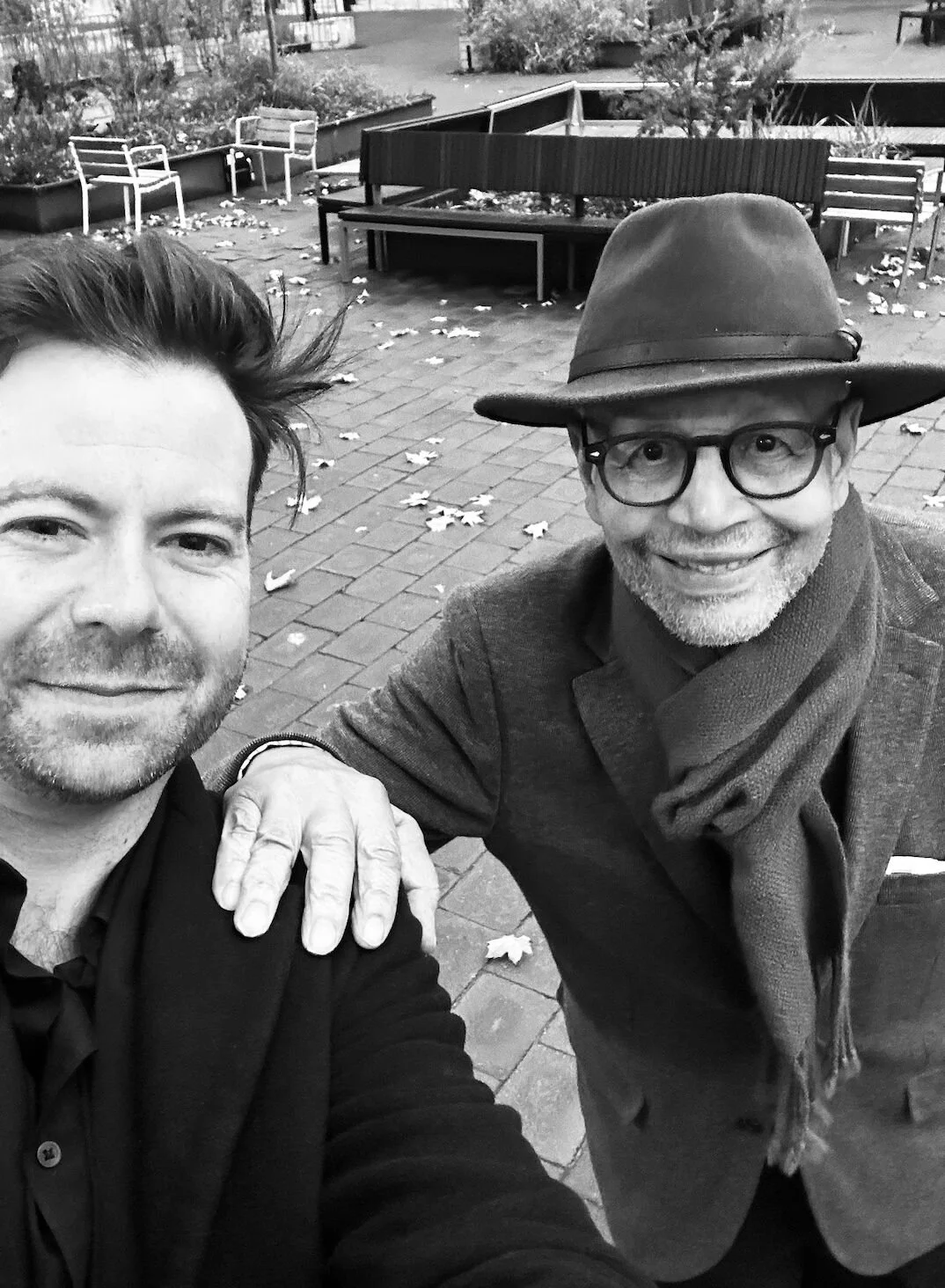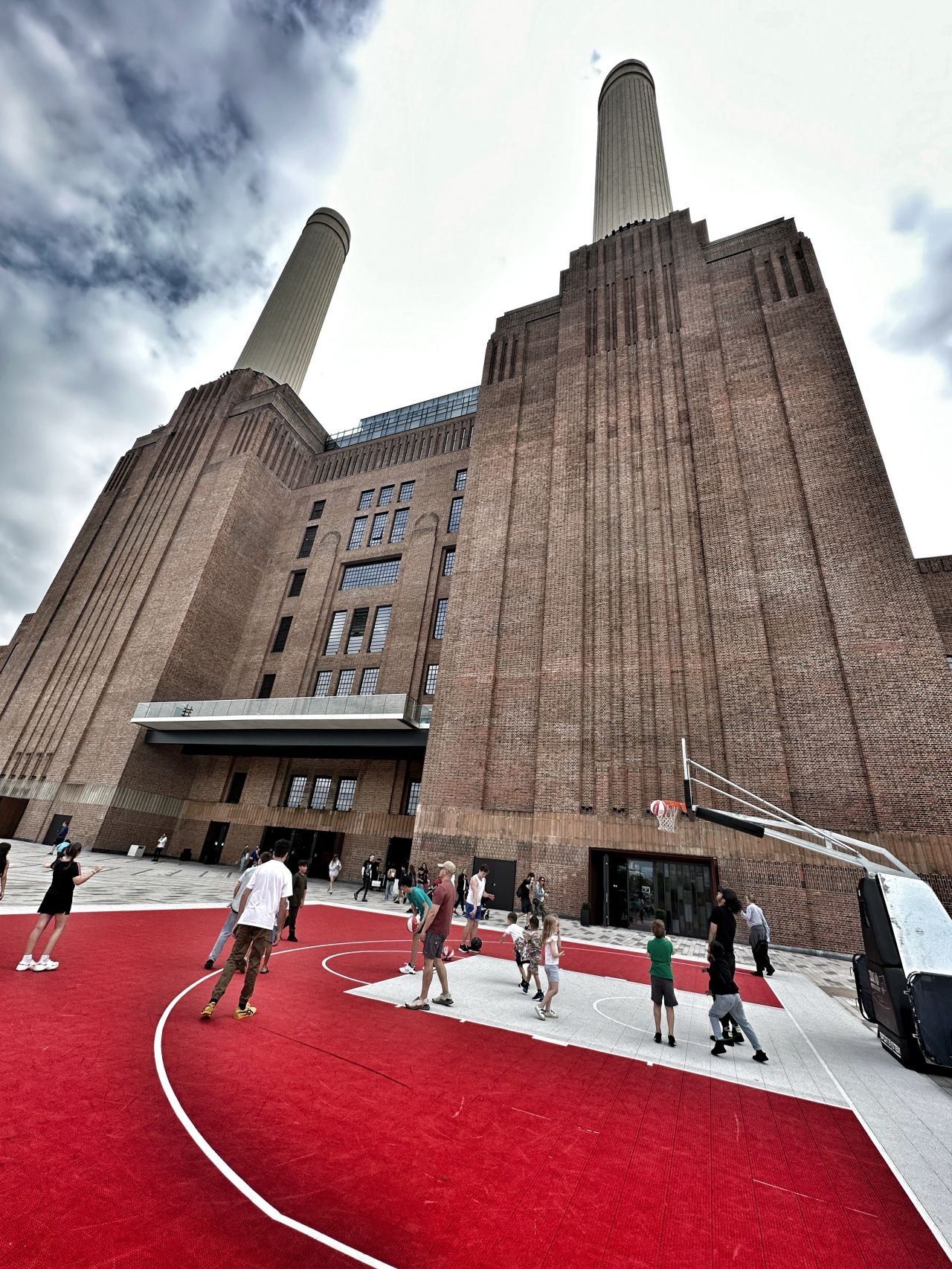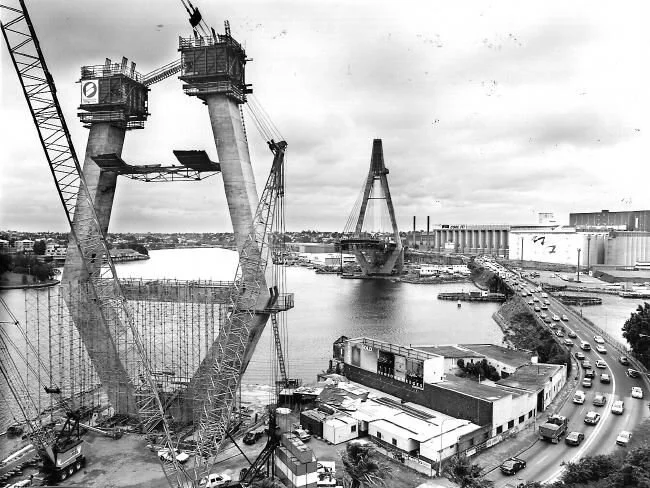Just like a form of art, the city in its physical form is a representation of history, human relationships, fashion, power, greed and economic fluctuations. The city is a physical depiction of the process of human beings coexisting with one another. Generally when we speak of the human race in a holistic sense, the rhetoric is negative: climate change, war, the destruction of natural habitats, poverty and hunger.
While this is all true, we far less often do we discuss how absolutely incredible the human race also is. Am I the only one who think that it's pretty amazing that we more-or-less manage to live together in a unified manner? As far as I’m concerned, cities epitomise the incredible intelligence, respect and organisation of our incredible species.
There are seven billion of us living side-by-side on this planet with very limited resources. Just like bees or termites, we somehow manage to network, organise and adapt with one another. All we need to do is look at our global network of cities just how incredible this is - but seldom do we actually sit back to appreciate it.
By understanding that cities are a representation of humanity we also learn to better build and manage our urban environments. Cities are not just buildings and roads sitting the surface of this earth, but they're living, moving, organic and real; they must change and evolve just as human beings do. In doing so, they will be able to reach their full potential as network nodes that allow the human race to interact as a whole and function as one.
Next time you need a little faith in the humankind, take a moment to observe the amazing city that surrounds you.
Feature image courtesy Nathan Congleton.










